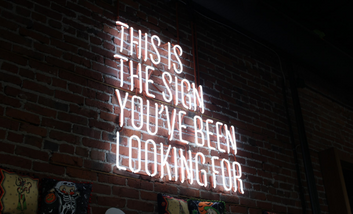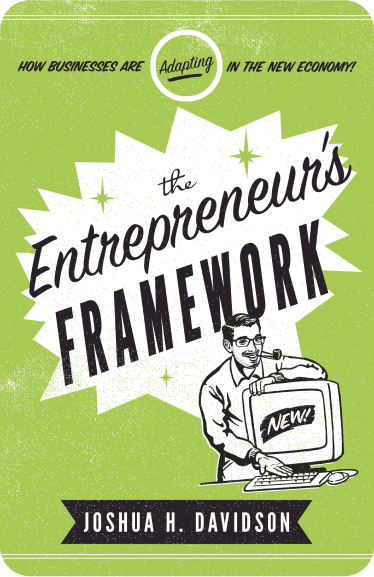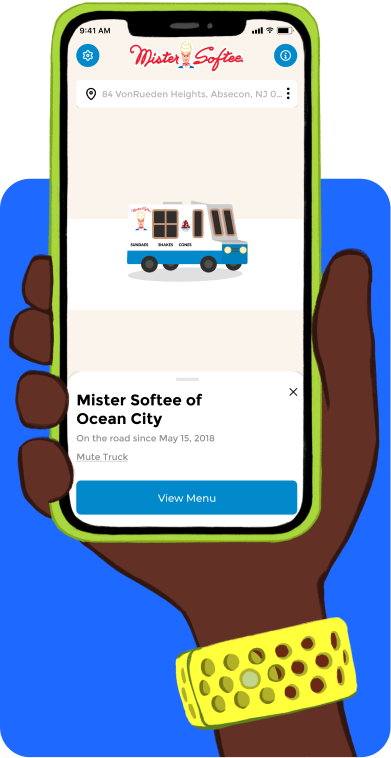One of Warner Brothers’ latest popstars is powered by artificial intelligence. This is the first mainstream attempt at an AI music star.
On September 1, Warner Music Group’s Germany division announced that it signed a blue-haired 19-year-old digital pop star and model named Noonouri.
They released her first single, “Dominoes,” that same day.
So, how did this happen, and what does it mean for the future of music? Let’s take a look!
Why Music Congolmerates Want to Go Virtual
AI musicians like Noonouri appeal to music companies because they can exceed the limits of human pop stars, according to Forbes.
Even the most talented and well-trained music superstars — think Lady Gaga, Beyoncé, and Taylor Swift — have limits to how long they can tour or promote their work before becoming mentally and physically exhausted.
However, virtual musicians don’t have those limits, so they can keep working and generating profit. for companies
In addition, if their musical stylings or persona start to seem outdated, an AI musician can get updates from its creator to appeal to their desired audience.
Finally, as Forbes explained, if Noonouri gets ultra-famous, “she won’t start making diva-like demands or demand an enormous pay raise.”
How Noonouri Became a Virtual Pop Star with Real Contracts
Currently, Noonouri has more than 400,000 followers on Instagram. But her rise to internet fame wasn’t instant, according to her creator Joerg Zuber.
Zuber first introduced Noonouri to the world on February 1, 2018. This was seven years after he created her, as per Vogue Australia.
Zuber, who is 43, said he envisioned Noonouri, a CGI (computer-generated imagery) entity, as entertaining, innovative, very personal, and honest, according to Vogue Australia.
He used Kim Kardashian and supermodel Naomi Campbell as inspiration for Noonouri’s personality and looks, Zuber told Forbes in 2018.
“She is a fantasy, stepping into our world to show us things like we maybe have never seen them before,” Zuber, Creative Director for German design agency Opium, told Vogue Australia.
When Zuber debuted Noonouri, no investors were interested in her potential as an internet star. So Zuber, who had loved fashion since he was a child, decided to work on Noonouri’s image himself.
He first focused on Noonouri’s potential as an internet influencer, making Instagram posts that showed Noonouri in a variety of eye-catching outfits, with conversational captions.
These posts got the attention of Kim Kardashian and high-fashion brands like Dior. Noonouri has since signed on as a model with the agency IMG and starred in digital campaigns for brands like Balengiaca and Valentino.
Who Gets Credit for Noonouri’s Music?
When it comes to Noonouri’s music career, she’s not a one-woman show.
On YouTube, both Noonouri and Alle Farben, a German DJ, are credited in the track’s title.
Her singing voice, which is completely AI-generated, is a mixture of two male musicians, Leonardo Martinelli and Rafa Caivano, according to the song’s credits on YouTube.
In the credits section, multiple lyricists and composers are named, while Zuber is named the music video director and creative director. Instrumentalists, both whom are real-life humans, are also credited for “Dominoes.”
Typically, creators who power and manipulate artificial intelligence to make AI-generated music are the ones who get credit and compensation for the work.
But some public figures like Drake and Tom Cruise have had their likenesses used in artificial intelligence music projects, even though they did not authorize those uses. These situations raise questions about what constitutes fair use with AI in music.
Since AI technology is fairly new, there are ongoing debates and considerations around royalties for AI-powered music, as per Kiplinger.
Currently, the U.S. Copyright Office does not offer copyright protections for AI-generated works, music included, as per Billboard.
Public Skepticism Surrounding Her Talent and Appearance
Noonouri is certainly gaining public attention. But some online users have questioned whether her rise to fame is deserved.
In the comments section of the YouTube video for Noonouri’s single “Dominoes,” many said the song was poorly done, and proof that artificial intelligence cannot replace the creativity and talent of human musical artists.
Some comments on the “Dominoes” video read:
“Man, I owe Noonouri my life fr, they played this at my funeral and I came back to life just to turn it off.”
Others criticize the robotic nature of the animation.
“i love her lack of energy! go girl give us nothing!!”
Others are concerned by Noonouri’s childlike appearance.
In the music video, Noonouri wears several revealing outfits. Some commenters said Noonouri’s engineered behaviors seem inappropriate for someone her age.
While officially she has been created as a 19-year-old, many feel that she looks like a child. Another YouTube comment on the video reads:
“No matter how many times the creator says this character is 18, it runs into the problem of everyone being familiar with what actual 18-year-olds look like.”
There was also some criticism for this on other platforms:
WTAF is this disgusting garbage @warnermusic ?
— Shane's Hat ✝️ (@oklumberman) September 8, 2023
AI Generated scantily clad 12 year old children is where you think it's at? Burn you wicked creeps
"#Noonoouri was created in 2018 as an 18-year-old metaverse avatar"
Uh-huh, no one is going to believe that line freaks. pic.twitter.com/OFqjo4BDcc
Regardless of these criticisms, it’s clear that Noonouri is getting attention. Her music video garnered 239,000 views in three months.
YouTube is Also Investing In AI Music
YouTube is also experimenting with artificial intelligence-powered music tools. This is in the form of voice-cloning AI, as per Rolling Stone.
In November, it launched a beta version of Dream Track, a feature that uses AI to make song clips in a variety of musicians’ voices. The experimental tool is initially available to 100 hand-picked users.
YouTube has yet to release information on how they plan to evolve this tool in the future. However, artists like Sia, Demi Lovato, and John Legend have granted the rights to license their voices for this tool.
This signals some artist buy-in into this up-and-coming musical technology. While some artists are against this technology, others are embracing it already.
Final Thoughts on AI Music
Artificial intelligence in the music industry is fairly new and opinions on how producers, songwriters, and singers should apply it remain mixed.
In November, The American Society of Composers, Authors, and Publishers (ASCAP) met to discuss the pros and cons of applying AI in the music industry.
One ASCAP attendee mentioned the dilemma AI presents for musicians.
“As a songwriter, I see the benefit that you don’t have to shell out a ton of money for a demo singer. But also, as a demo singer, I’m like, ‘Oh, shit, I’m out of a job,’” Billboard reported.
Proponents of AI for music say that the technology can save artists time and money when creating new music, according to Billboard.
Its other benefits include helping artists brainstorm in the early stages of creating new music and create new and experimental sounds.
Some musicians use it to assist with promotional tasks like graphic design and marketing since the human versions of these services are often too expensive for musicians, Billboard reported.
However, some musicians worry that AI could lead to legal copyright issues.
In December, ASCAP wrote a letter to the Copyright Office saying that companies are already disregarding creators’ rights with things like voice and image cloning.
ASCAP members also wrote that they worry this situation could become worse.
We are at a major crossroads when it comes to AI in the arts.
What do you think? Comment below.
Since 2009, we have helped create 350+ next-generation apps for startups, Fortune 500s, growing businesses, and non-profits from around the globe. Think Partner, Not Agency.
Find us on social at #MakeItApp’n®
















